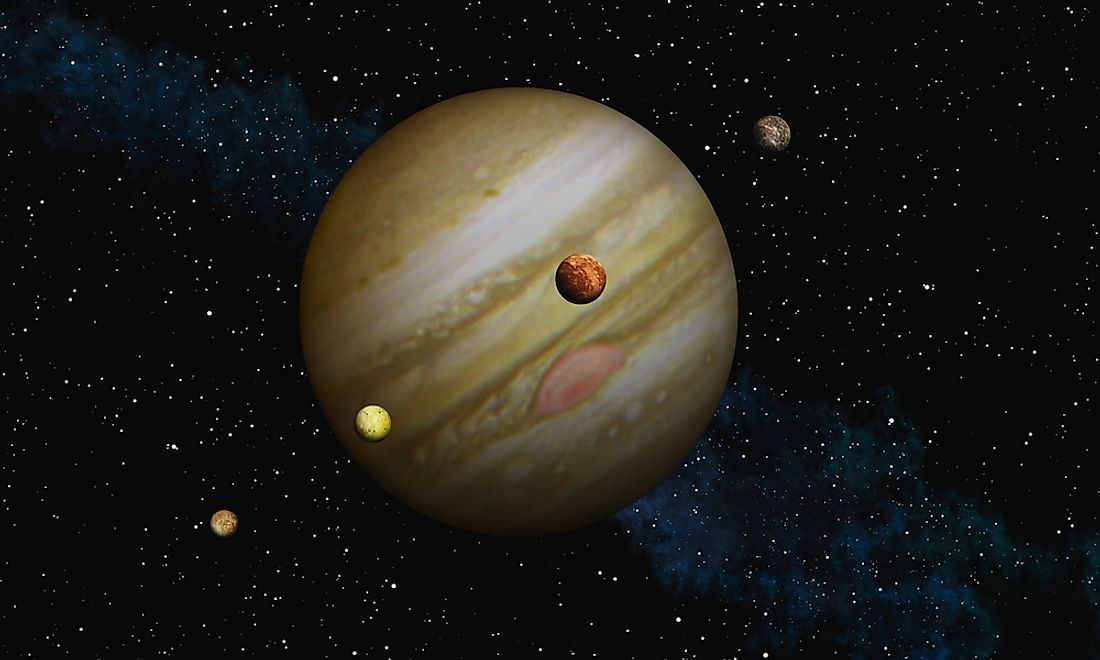Mass Wasting
The power of gravity on Earth is inescapable. Hold your hand high above your head, and then relax your muscles. What happens? Now, hold a book in the air and release it. Again, what happens? The force of gravity tugs at both your arm and the book, pulling them down towards the center of the Earth.
The same force that pulls your arm down is also ever at work pulling rocks, boulders, dirt and dust downward. Whenever the opportunity presents itself, gravity pulls a rock lower and lower towards the lowest surface possible.
Rocks, dirt and soil lie on the side of a mountain or hill, apparently unmovable. For many hundreds or even thousands of years the rocks and dirt change very little. Over time, however, as small amounts of dirt and additional rocks are added to the pile, the weight and mass of the pile build up. In one sudden and grand event, the entire pile might move several hundred feet within only a couple of minutes or seconds, only to once again come to rest on the side of the mountain or hill, waiting for the next event.
Rock Falls
The most common type of mass wasting is falling. Rocks, builders, pebbles, and dirt loosened by freezing, weathering, and other forces, simply fall downward, until they hit something that stops their descent.
Often a pile of rocks forms at the bottom of a cliff or mountain. We call a pile of rocks, boulders, and dirt a talus. Very often, these taluses form a cone shape, as they ascend up the side of the mountain.
Landslides
Landslides take place when dirt, pebbles, rocks and boulders slide down a slope together. Sometimes these landslides are small, and hardly noticeable. Other times however, they can be substantial, involving the entire side of a mountain.
These destructive slides can be triggered by a number of different causes. Often rain, which adds additional weight to the side of a slope can cause slides. Other times they might be caused by erosion, as the base of a slope is slowly removed by a stream, weakening the entire side of the mountain.
As a slide progresses down a mountain slope, it can pick up tremendous speed, and energy. Some slides have been reported to travel at speeds approaching 200 miles per hour. The resulting winds can be so forceful, that they are known to strip the leaves off of surrounding trees. The momentum of falling material has been known to cause some of the materials to roll several hundred feet back up the other side of a valley.
The amount of material moved in a landslide can be tremendous. In some cases this material is so substantial, that it is measured in cubic miles. This much material falling across a stream, can be the cause for the formation or a new natural lake.
Flows
Creeps
The slowest type of mass wasting is referred to by geologists as a creep. These types of movements are so slow that they require special equipment just to measure them.
A creep takes place when the entire side of a hill or mountain moves downward under the weight of gravity, very slowly, usually much less than one inch per year.






